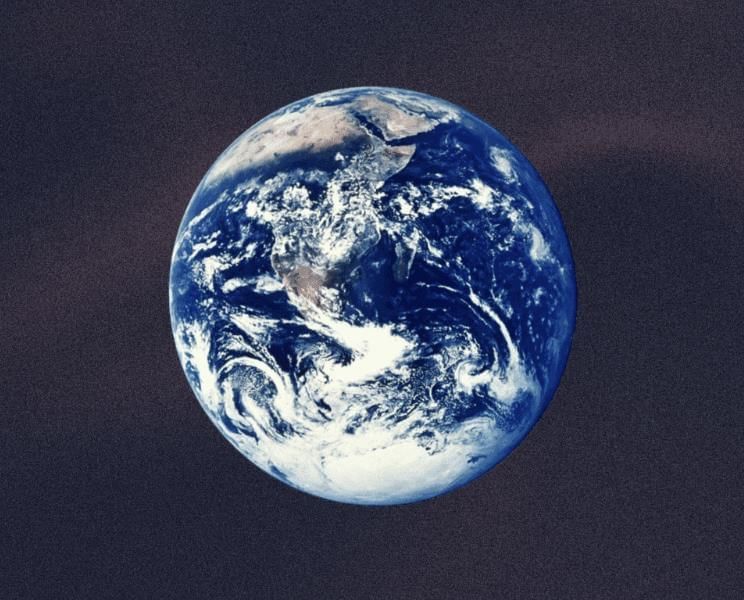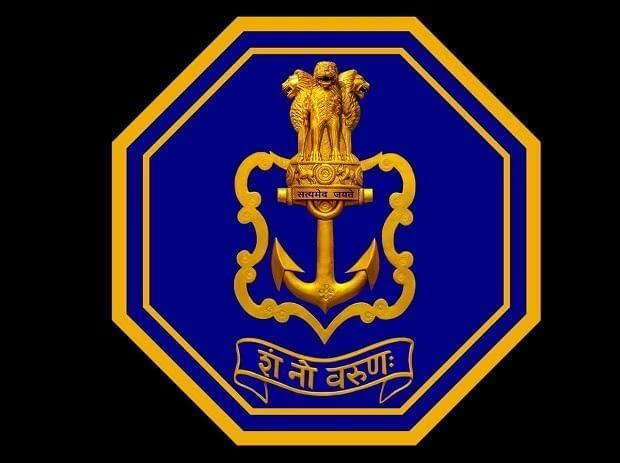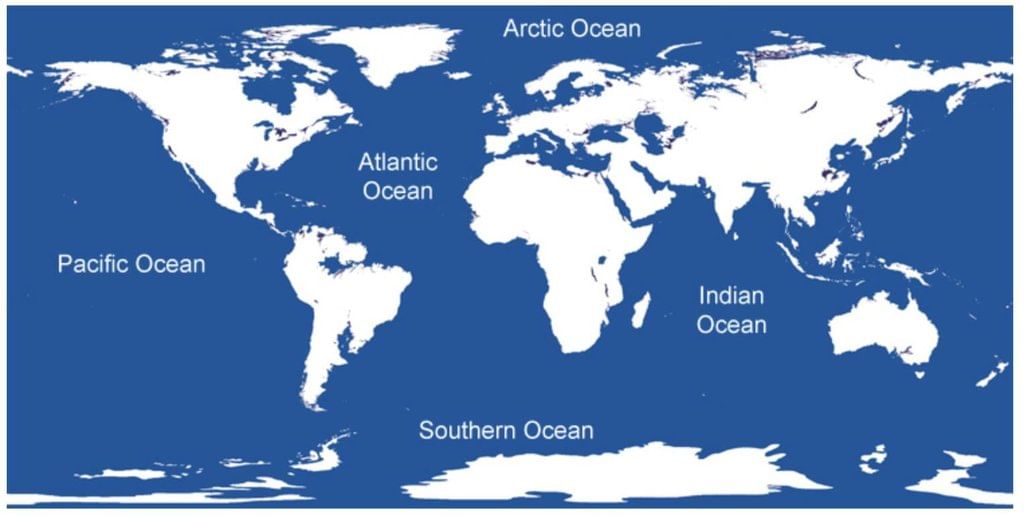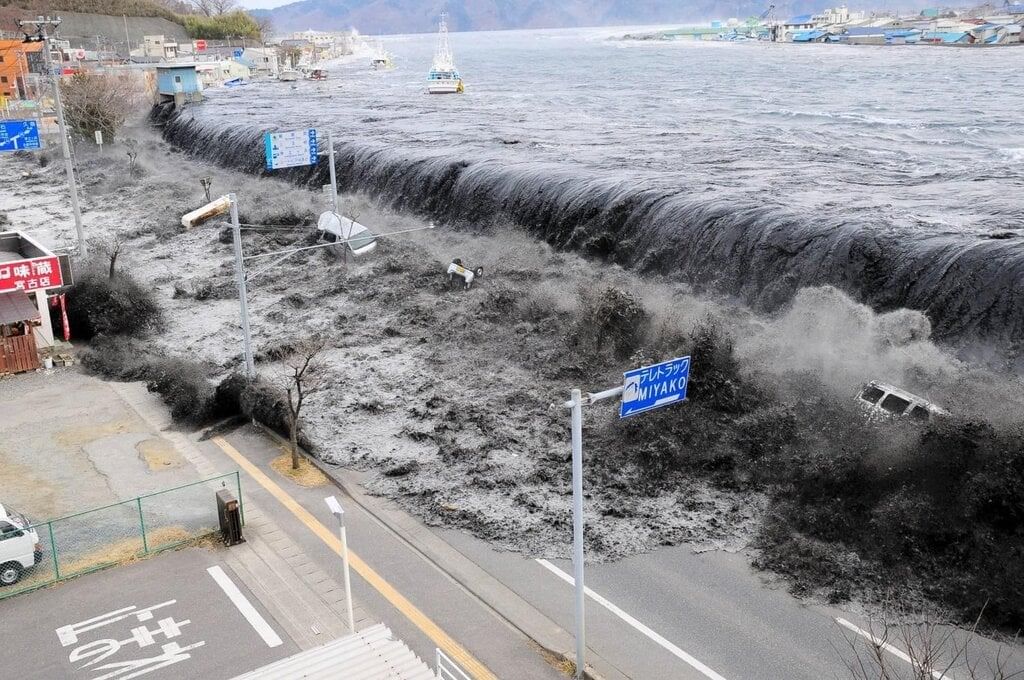Practice Questions: Oceans and Continents | Social Studies for Class 6 PDF Download
Q1: Why is Earth called the "blue planet"?
(a) It is covered mostly by land
(b) Nearly three-fourths of its surface is water
(c) It has a blue sky
(d) It is made of blue rocks
Answer: b
Q2: Which continent has the most land in the Northern Hemisphere?
(a) Africa
(b) Australia
(c) Asia
(d) South America
Answer: c
Q3: What is the largest ocean on Earth?
(a) Atlantic Ocean
(b) Indian Ocean
(c) Pacific Ocean
(d) Arctic Ocean
Answer: c
Q4: What is the motto of the Indian Navy's emblem?
(a) Be strong, O Varuna
(b) Be auspicious to us, O Varuna
(c) Protect us, O Varuna
(d) Guide us, O Varuna
Answer: b
Q5: Which water body lies to the west of India?
(a) Bay of Bengal
(b) Arabian Sea
(c) Southern Ocean
(d) Pacific Ocean
Answer: b
Q6: What is the smallest ocean?
(a) Southern Ocean
(b) Indian Ocean
(c) Atlantic Ocean
(d) Arctic Ocean
Answer: d
Arctic Ocean
Q7: What causes a tsunami?
(a) Heavy rainfall
(b) Strong winds
(c) Earthquake or volcanic eruption under the ocean
(d) Cloud formation
Answer: c
Q8: How many continents are commonly accepted?
(a) Four
(b) Five
(c) Six
(d) Seven
Answer: d
Q9: What is the largest island in the world?
(a) Greenland
(b) Australia
(c) Antarctica
(d) Andaman and Nicobar Islands
Answer: a
Q10: When is World Oceans Day celebrated?
(a) June 8
(b) July 8
(c) August 8
(d) September 8
Answer: a
Q11: Why is seawater salty, and how is it different from freshwater?
Answer: Seawater is salty because rivers and rain wash salt from the land into the oceans, where it accumulates over time. Freshwater, found in lakes and rivers, has very little salt, making it suitable for drinking and other uses.
Q12: Name the five major oceans of the Earth.
Answer: The five major oceans are the Pacific Ocean, Atlantic Ocean, Indian Ocean, Southern Ocean, and Arctic Ocean.
Q13: What is the difference between a bay and a gulf?
Answer: A bay is a broad inlet of the sea where the land curves inward, while a gulf is a larger area of the sea partially enclosed by land, typically bigger than a bay.
Q14: What is the role of oceans in the Earth’s water cycle?
Answer: Oceans are a key part of the water cycle by producing clouds that bring rainfall to continents. Without oceans, there would be no rain, and the Earth would become a desert.
Q15: Name two island groups of India and their locations.
Answer: The Andaman and Nicobar Islands are located in the Bay of Bengal, and the Lakshadweep Islands are in the Arabian Sea.
Q16: Describe the distribution of water and land on Earth, including differences between the Northern and Southern Hemispheres.
Answer: Distribution of water and land on Earth
- Nearly three-fourths of Earth’s surface is covered by water, mainly oceans, earning it the name "blue planet."
- Land, covering just over one-fourth, is divided into continents.
- The Northern Hemisphere has more land than water, with Asia being the largest continent.
- The Southern Hemisphere has more water than land, dominated by oceans like the Southern and Pacific Oceans.
- Oceans are interconnected, forming a continuous body of water, while continents are large landmasses.
- This uneven distribution affects climate, population, and ecosystems globally.
Q17: Explain the importance of oceans to the environment and human life, with examples.
Answer: Oceans are vital to the environment and human life.
- They produce over half of the world’s oxygen through marine plants like algae, acting as the planet’s lungs.
- Oceans regulate climate by driving the water cycle, producing clouds and rainfall, such as India’s monsoon rains, crucial for agriculture.
- They support diverse marine life, providing food through fishing.
- For humans, oceans have historically been used for trade, migration, and cultural development, with coastal communities shaped by the sea. However, pollution and overfishing threaten their health, making protection essential.
Q18: What are tsunamis, and how has India improved disaster management since the 2004 tsunami?
Answer: Tsunamis are massive, powerful waves caused by underwater earthquakes or volcanic eruptions. They can travel long distances and cause widespread destruction in coastal areas.
- The 2004 Indian Ocean tsunami, triggered by an earthquake in Indonesia, killed over 200,000 people, severely affecting India’s Andaman and Nicobar Islands, Tamil Nadu, and Kerala.
- Since then, India has improved disaster management by establishing an early warning system with other countries to detect tsunamis before they reach the coast.
- The National Disaster Management Authority also works to minimize damage and protect lives during such events.
|
46 videos|241 docs|28 tests
|
FAQs on Practice Questions: Oceans and Continents - Social Studies for Class 6
| 1. What are the major oceans of the world and their features? |  |
| 2. How many continents are there, and what are their names? |  |
| 3. What role do oceans play in regulating the Earth's climate? |  |
| 4. Why are oceans important for biodiversity? |  |
| 5. How do human activities impact oceans and continents? |  |


























